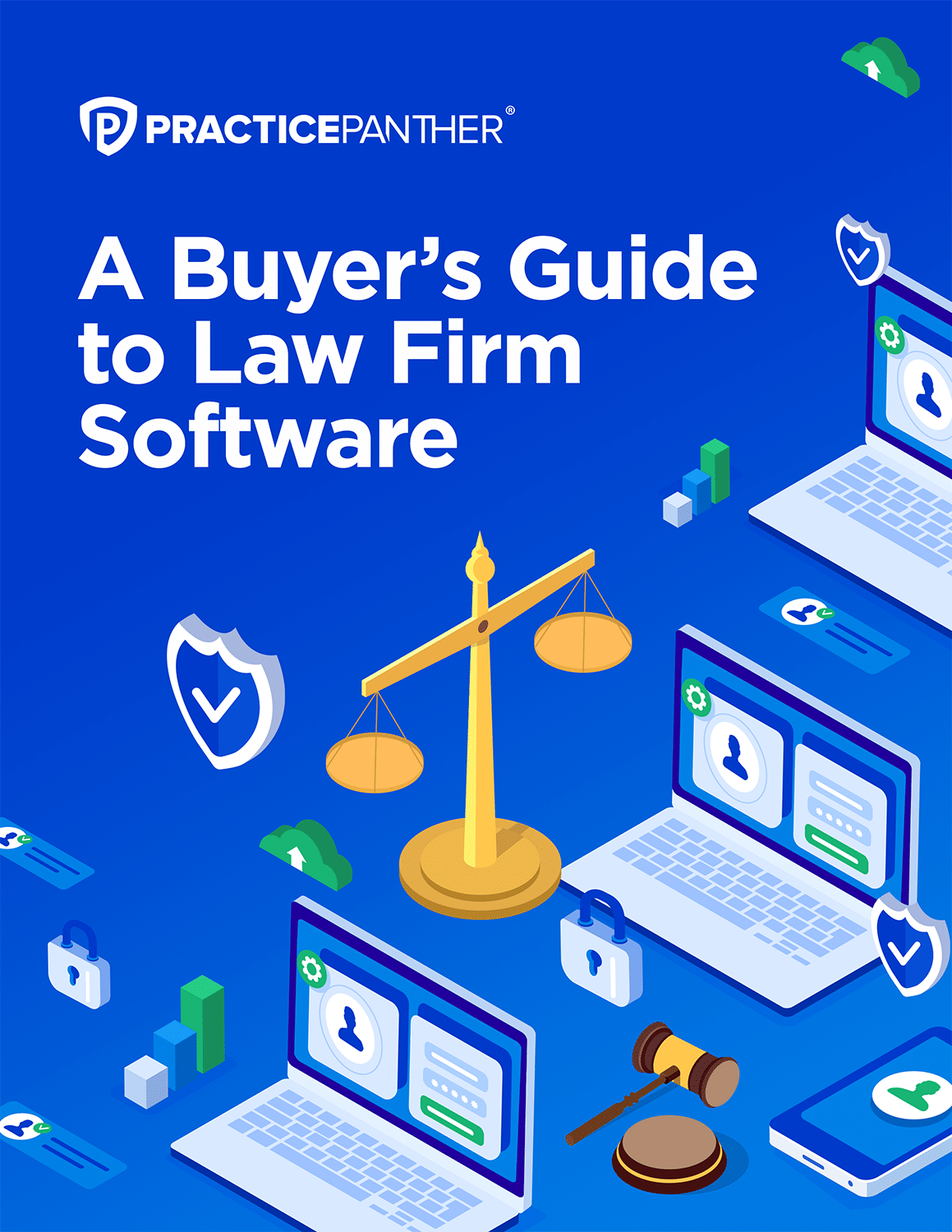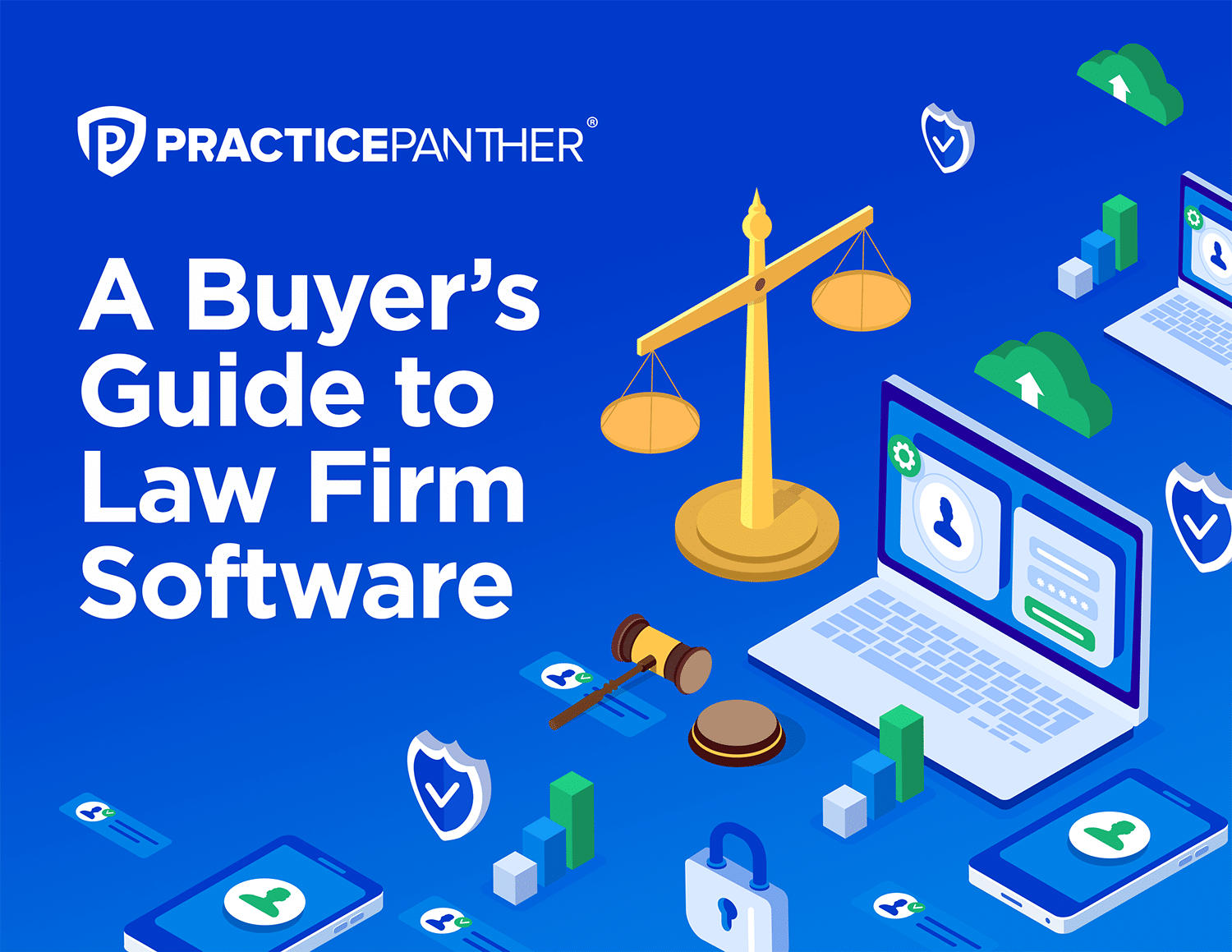Law firms of all sizes are increasingly relying on legal technology to address their day-to-day responsibilities. From family law to criminal law to personal injury law, law practice management software can help law firms run smoothly and efficiently.
The benefits of this legal technology aren’t limited to lawyers — it extends to the paralegals they work closely with.
The demand for paralegals is growing at an average of 12% each year, and paralegal technology can be used to support their efficiency and workflows. Many of the manual tasks that paralegals do, such as creating, organizing, and filing court documents, can be automated to free time to focus on more critical tasks.
What Do Paralegals Do?
Working under the supervision of an attorney, a paralegal’s work is merged with and used as part of the attorney’s work for the client. Paralegals cannot give legal advice or perform any legal duties that fall under the scope of the licensed attorney, and they must be clear in their non-lawyer status with clients and the public.
The typical duties of a paralegal may include:
- Conducting client interviews and maintaining client contact
- Locating and interviewing witnesses
- Conducting investigations and statistical and documentary research
- Performing legal research
- Drafting legal documents, correspondence, and pleadings
- Summarizing depositions, interrogatories, and testimony
- Attending executions of wills, real estate closings, depositions, court or administrative hearings, and trials with the attorney
- Authoring and signing correspondence, as long as the paralegal status is clearly indicated and does not contain independent legal advice or opinions.
In a law firm, a paralegal’s time for legal work — not clerical or administrative work — may be billed to clients the same way as an attorney’s time, but at a lower hourly rate.
The paralegal profession originated in law firms, but now, paralegals may be employed by government organizations, banks, insurance companies, and healthcare providers.
What Legal Technology Do Paralegals Use?
Aside from basic technology tools for sending emails, making calls, or creating documents, there are resources specifically designed for paralegal work. Some of these include:
- Case management software: One of the responsibilities of a paralegal is helping firms track client case information. Case management software supports paralegals and other staff to collaborate on cases in real time.
- Billing software: Client billing is a time-consuming process at the end of the billing period. Paralegals may use billing software to help automate bill generation, collection, and review. Online billing allows clients to receive bills directly and gets the firm paid faster.
- Client intake software: With manual client intake, clients fill out paperwork and the information must be transcribed digitally. This process is inefficient and error-prone, even with a fillable PDF. Automated client intake technology captures vital details for paralegals, and forms can be shared with a link. The information can be synced with other technologies to avoid duplicate data entry.
- eSignature software: Signatures are required for most legal documents. Instead of hand-signing and scanning documents, e-signature technology allows paralegals to collect, sign, and store documents with a click of a button.
Paralegals may use some or all of these legal technologies, depending on the size of the firm and its practice areas. PracticePanther is the all-in-one law practice management software that offers all these features and more to support paralegals and lawyers. Want to see how PracticePanther can fit your firm’s unique needs? Get a custom demo today.
What Is Legal Calendar Management Software?
Calendar management is the systematic process of organizing tasks, meetings, and events with the goal of maximizing the return on investment for the time put in. The work can be time-consuming, but it’s essential to the function of the firm.
A well-managed calendar should support attorneys to ensure success. Calendar management has the power to make or break the attorney’s daily workflow and long-term success, which is why it’s one of the most important skills for a paralegal to perform effectively.
Legal calendar management is a resource that manages deadlines, meetings, and events in a centralized location. Paralegals, attorneys, and other staff can have shared access and individual alerts or notifications to ensure that crucial tasks never fall through the cracks.
Why Is Legal Calendar Management Important?
Prior to digital legal calendar management, attorneys had to calculate deadlines manually — a time-consuming and error-prone process. Legal calendar management automatically calculates deadlines to expedite the process and ensure accuracy.
With automated workflows, legal calendar management allows legal professionals to build workflows for each type of case or practice area of the firm. PracticePanther’s automated workflows can be customized to trigger tasks, reminders, or events depending on the case.
Another helpful feature is PracticePanther’s internal chat, which allows attorneys, paralegals, and other staff to communicate quickly and effectively. This firm-wide chat function saves valuable time, improves accessibility, and allows instant communication of critical information.
Finally, text reminders and other alerts can be set to notify relevant parties about upcoming deadlines. PracticePanther’s native 2-way business text messaging provides firms with a custom business phone number to securely send texts from the platform.
For busy professionals juggling multiple responsibilities and clients, this ensures that important deadlines are not missed.
Legal Calendar Management Best Practices
Just like you would schedule a meeting or task, paralegals should block focus time to manage and organize their calendars. Use these best practices to simplify how you manage your calendar.
Use a Coding System
Color coding creates an organizational schematic for the calendar. For example, using colors for different categories like client, internal, recurring, reminder, and travel helps everyone quickly identify the tasks that are relevant.
Implement a Centralized, Firm-Wide Calendar
Law firms should have a centralized calendar that’s used throughout the firm and managed by an experienced paralegal. This ensures that the firm staff has access to crucial information and deadlines from anywhere.
The calendar should be flexible and allow for different departments to toggle their view of desired information.
Define Roles and Responsibilities for the Legal Calendar
Legal calendars have a lot of moving parts that may involve multiple parties. This is why it’s important to create guidelines or rules for everyone in the firm when updating the calendar. For example, who submits case information? Who verifies the deadlines and completes follow-ups?
Incorporating this information in your firm’s workflows will ensure all staff members understand what they’re responsible for, and when. This process should be standardized, to alleviate bottlenecks or help with onboarding and training new staff.
Get The Entire Firm On Board
A new process takes time to implement and may come with learning curves. However, an efficient, organized legal calendar can’t be accomplished without buy-in across the firm.
There can be friction among staff when implementing new technology, especially if the firm has been more traditional. Take a top-down approach that begins with senior partners and managers. They can take the lead to bring everyone on board and get them excited about the capabilities of the new technology. No one likes change, but preparing the team can reduce friction and make the implementation process more efficient.
But remember, the best technology in the world is still just technology. It’s up to your firm and staff to use it to its fullest. Establishing clear roles and responsibilities for leaders and staff, providing training, and both giving and receiving feedback ensure that the legal calendar management software’s features and tools are used appropriately for your firm’s needs.
Get Support from Legal Calendar Management for Paralegals
The role of paralegals keeps growing and evolving. While paralegals will always be the backbone of a successful law firm, PracticePanther’s all-in-one platform can enhance their role to help them become more productive and efficient.





